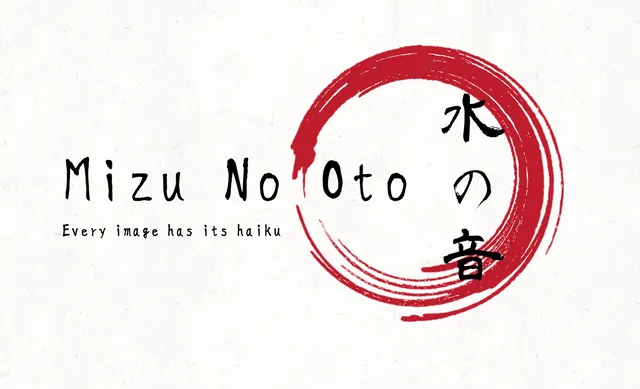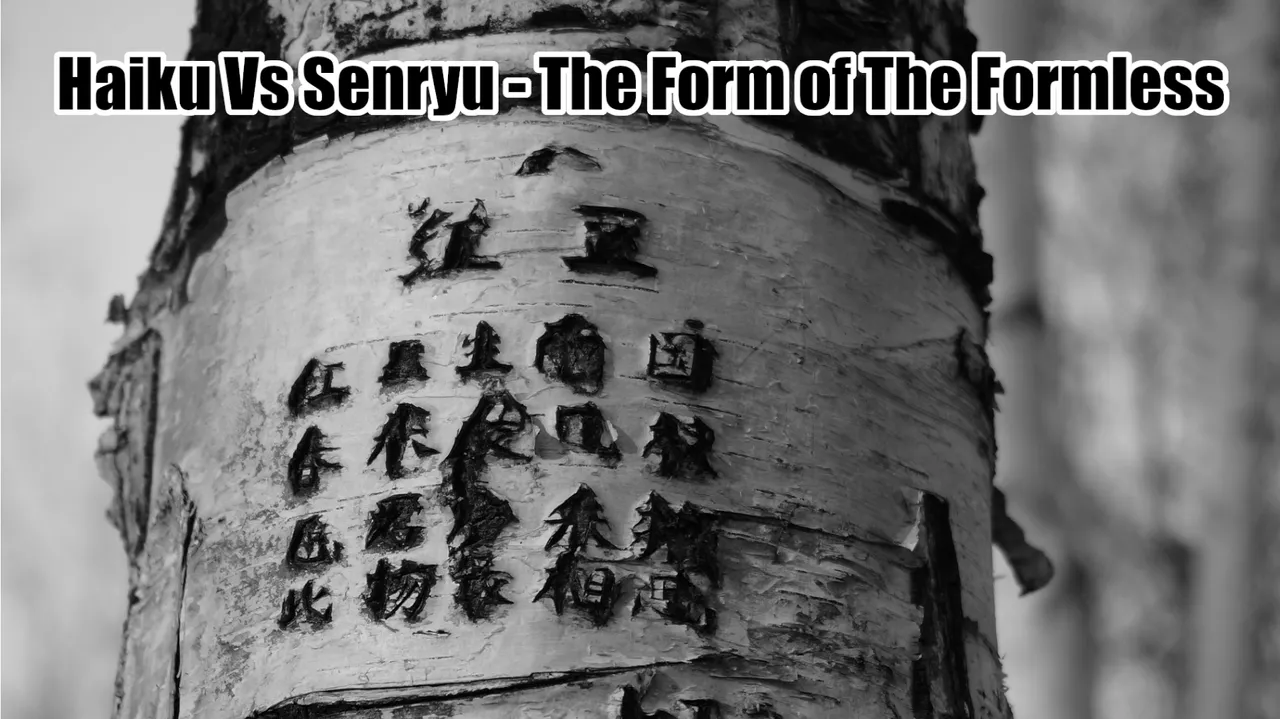Haiku start more people on their path to being a poet than any other form. Unfortunately, the way of Haiku is not always the right way to begin, as this deceptively simple form is anything but simple. Many aspiring poets make the mistake of starting with one of the most elusive forms due to its relatively short word count. They make the mistake of becoming fixated on playing the game of counting syllables as a focus on what makes a Haiku a successful poem. In this way the poet mistakes the simple for the simplistic, and formula for substance. Is haiku easy to understand? On the surface, yes. But only on the surface.
The basic definition of Haiku is-- an objective, Japanese short poem based on a nature theme. Haiku should have three lines consisting of the following number of syllables per line-- five, then seven, then five. Note the stress on the word "Japanese"-- because the heart of this poetic form is definitely grounded in an eastern culture whose language and conceptualization is far removed from western ideals. I will elaborate further later in this article, but it is important to make the distinction early on; that haiku, renga, tanka or senryu poems when written in western languages do not have to adhere to the syllabic conventions followed when written in Japanese. Often, due to the differences in how western languages form sentence structure and syntax, the aesthetic will suffer. With Haiku, and other Japanese forms, it is the aesthetic that makes the haiku... a haiku!
In Japanese poetic tradition, haiku is a relative newcomer. What is now known in the west as haiku, are the first three lines ("opening part") culled from classic renga or from the five-line tanka of haikai renga, with the added rule that these short poems be nature based and contain a kigo, or nature word-- moon, wind, water, etc. The delivery of these poems should be to the point where simplicity and clarity actually become transcendent. The analogy has been posited of Haiku as the artistic equivalent of the practice of Zen Buddhism. By reflecting a simple moment of perfection, one finds the universal moment of always.
And this is the place where many people go wrong again in classifying their poems as haiku. It is easy to confuse haiku with senryu, another three-line, 5-7-5 style that is not nature-based. Senryu is more open in both subject matter - including the human side of existence - and subjective viewpoint, often incorporating humor and political views.
Which brings us back to the old misconception, haiku and senyru are not easy to write. You should aim to create a perfect snapshot of life. Every word counts, and carries the weight of a tone, while the message, if done right, is weightless. The vital thing to consider when writing nature-based haiku and its humanity-based cousin, senryu, is that you must think of the poem as a whole, not line by line. If you think by line, what you write will not be a haiku. The great thing about the haiku's inherent brevity is that it forces you to do this, if you're serious about writing a good example of the form. This ability to write a poem as a whole piece of art, envisioning it as a finished painting, rather than a collection of colors is something you should strive for across all forms of poetry. In this way writing haiku is fantastic training for both economy of language, and cohesiveness of concept, but only when approached in the right way! The cohesiveness and crystallization of imagery achieved in a successful haiku has nothing to do with the syllables-- nothing to do with the traditional 5-7-5 structure.
As far as I'm concerned, if you're writing in English, I don't care if you write your haiku or senryu in strict 5-7-5. While this is traditionally the accepted convention with classic Japanese haiku and Senryu, Japanese syllables in no way resemble English syllables. So, if you hold to 5-7-5, to the point where you must eliminate the words that complete the aesthetic concept your haiku demands-- you are committing poetic harikari.
To help you understand the key point covered in this lesson, check out the example below from a masters of the haiku, Matsuo Basho. This haiku exemplifies the importance of aesthetic over structure, and with careful study, will set you on the path to haiku enlightenment.
Autumn moonlight-
a worm digs silently
into the chestnut.
Haiku by Matsuo Basho
Notice that this haiku does not adhere to the traditional syllable count of 5/7/5, rather exhibiting 4/6/5 syllables in each line respectively. This could be due to the translation from Japanese to English. However, the main thing that makes this a masterpiece remains despite translation-- it describes a perfect scene in a simple concept of imagery. The image of the worm digging into the chestnut in the second and third lines compliment the image in the first line perfectly. The whole poem coming together as one clear impression, reflecting the state of existence of autumn moonlight.










 Image by
Image by